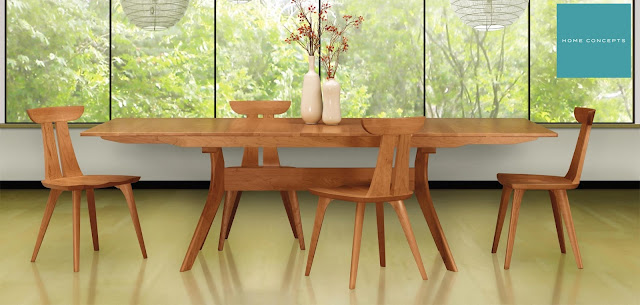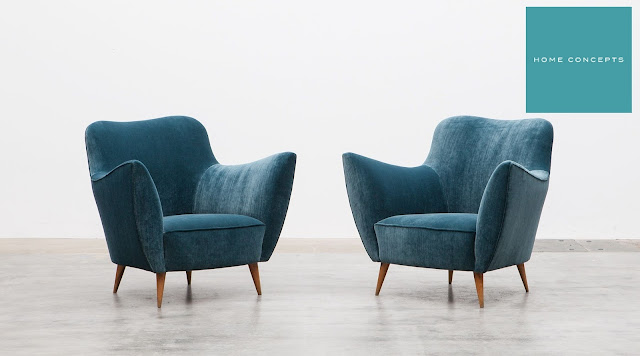Tips for Selecting the Right Dining Table for Small Rooms
Choosing the perfect dining table for a small room can be a challenging yet rewarding task. The right table can enhance your dining experience, optimise your space, and add style to your home. With a few thoughtful considerations and creative ideas, you can find hardwood dining table that fits seamlessly into your small room. Here are some essential tips to help you make the best choice.
Measure Your Space
Before you even begin browsing for a dining table, take accurate measurements of your room. Note the dimensions of the area where you intend to place the table, including the length, width, and height of the space. Consider the following:
- Clearance Space: Ideally, you should allow at least 36 inches of clearance around the table for comfortable movement. This distance enables diners to pull out chairs and walk around the table easily.
- Table Size: Once you have your room's measurements, determine the maximum dimensions for your dining table. A smaller room might comfortably accommodate a table measuring 30-48 inches in width and 48-72 inches in length.
Choose the Right Shape
The shape of the dining table plays a crucial role in how it fits into your space and how many people it can accommodate. Here are some common shapes to consider:
- Round Tables: Ideal for smaller spaces, round tables promote conversation and can be easily tucked into corners. They typically seat four to six people and have no sharp edges, making them a great choice for tight spaces.
- Rectangular Tables: If you have a narrow room, a rectangular table can maximise seating while fitting snugly against a wall. They are excellent for dining with larger groups but may require more space to manoeuvre around.
- Square Tables: A square custom dining tables can work well in square-shaped rooms, allowing for a cosy yet efficient dining setup. Like round tables, they generally seat four but can accommodate more if they are expandable.
Consider Expandable or Foldable Tables
In small rooms, flexibility is key. Opt for dining tables that can expand or fold away to create additional space when needed. Look for features like:
- Drop-leaf Tables: These tables have sides that can be folded down, making them compact for everyday use while allowing you to expand for gatherings.
- Extendable Tables: These tables can be lengthened with additional leaves, accommodating more guests during dinner parties without permanently occupying extra space.
Select Multi-Functional Furniture
In small rooms, every piece of furniture should serve multiple purposes. Consider hardwood dining table that can double as a workspace or a console table when not in use. Some options include:
- Convertible Tables: These can transform from a dining table into a coffee table or a desk, providing versatility without compromising style.
- Storage Options: Look for tables with built-in storage, such as shelves or drawers, to store dining essentials like placemats, cutlery, or napkins.
Prioritise Style and Material
The aesthetic of your dining table should complement your overall décor while also considering practical aspects. Here are some points to keep in mind:
- Material Choices: Choose materials that are durable yet stylish. Wood is a classic option, while glass can create an illusion of space and openness. Metal can offer a modern look but may be less comfortable for longer dining sessions.
- Design Elements: Consider the design of the table. Minimalistic tables often work better in small spaces, as they don’t overwhelm the room. Look for tables with clean lines and simple designs that can seamlessly blend with your existing décor.
Choose the Right Chairs
The dining chairs you select can significantly impact the functionality of your dining space. Consider the following tips:
- Size and Comfort: Choose chairs that are proportionate to the custom dining tables and comfortable for your guests. Stackable or folding chairs can be an excellent choice for saving space when not in use.
- Colour and Style: Chairs that complement or contrast the dining table can add an interesting dynamic to your dining area. Opt for colours and styles that harmonise with your overall design theme.
Visual Balance
Achieving visual balance is essential in small rooms. Ensure that your dining table and chairs create a cohesive look with the surrounding furniture and décor. Here are some tips to consider:
- Height Proportions: Make sure your table's height is compatible with your chairs. Standard dining tables are typically 28-30 inches tall, while chair seat heights are usually 17-19 inches.
- Accents and Decor: Enhance your dining area with appropriate décors, such as a statement centrepiece, placemats, or artwork, that brings everything together without making the space feel cluttered.
Conclusion
Selecting the right dining table for small rooms requires careful consideration of size, shape, and style. By measuring your space, exploring multi-functional options, and prioritising visual balance, you can find a table that enhances both functionality and aesthetics in your home. With the right hardwood dining table, you can create a warm and inviting space that caters to your needs while making the most of your small room.




Comments
Post a Comment